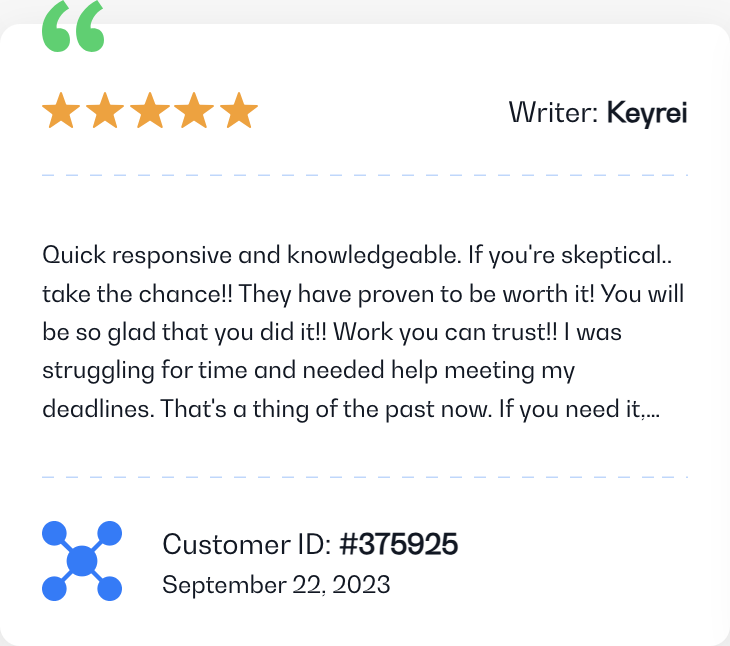The Foundation of Statistical Analysis
Statistical analysis is the process of examining and interpreting data to uncover patterns, relationships, and insights. It is an essential tool for researchers, data scientists, and analysts across various fields. Before diving into the advanced techniques, one must have a strong grasp of the basics.
Understanding fundamental statistical concepts will form the bedrock of your ability to interpret complex datasets and draw meaningful conclusions.
Essential Techniques in Statistical Analysis
There’s a myriad of techniques in statistics, each tailored for different types of data and research questions. Being proficient requires understanding which method to use under which circumstance.
Some fundamental techniques include:
- Descriptive Statistics: This provides a summary of the main aspects of the data, such as mean, median, and standard deviation.
- Inferential Statistics: Used to make predictions or inferences about a population based on a sample.
- Regression Analysis: Examines the relationship between two or more variables.
- Hypothesis Testing: Determines the validity of a hypothesis based on sample data.
Best Practices in Statistical Analysis
- Data Cleaning: Before any analysis, ensure that the dataset is clean, free from errors, and outliers.
- Choose the Right Technique: Not all data requires the same analysis. Picking the appropriate method is crucial.
- Validate Your Findings: Cross-check results using different techniques to ensure accuracy.
- Stay Updated: The field of statistics is always evolving. Keep abreast of the latest research and methodologies.
What are the 10 uses of statistics?
Hands-on Strategies to Enhance Skills
- Engage in regular practice with diverse datasets.
- Attend workshops and seminars on statistical methodologies.
- Join online forums and communities where you can discuss and solve problems with peers.
- Use software like Excel, Minitab, StatCrunch, SPSS, and Rstudio to apply techniques and refine skills.
Beyond Techniques: The Art of Interpretation
While mastering the techniques is crucial, equally important is the ability to interpret the results. Data, by itself, doesn’t say much. It’s the interpretation that provides insights, tells stories, and aids in decision-making.
Interpreting data correctly ensures that the decisions you make are informed and effective.
Cultivating the Right Mindset
- Critical Thinking: Always question the data. Look for anomalies and patterns that might not be immediately evident.
- Objectivity: Stay unbiased. Let the data tell its story without letting personal beliefs interfere.
- Attention to Detail: Small discrepancies can lead to incorrect conclusions. Ensure thoroughness in every analysis.
- Continuous Learning: The world of statistics is vast. Always be on the lookout for new methods and approaches.
What is statistics like in university?
Tools and Resources
- Books: Many foundational and advanced books delve into statistical methods and applications.
- Online Courses: Websites like Coursera, Udemy, and edX offer comprehensive courses on statistical analysis.
- Tutorials: Free online tutorials can provide step-by-step instructions for specific techniques.
- Peer-reviewed Journals: Stay updated with the latest research and methodologies by following scholarly publications.
Conclusion
Becoming proficient in statistical analysis is a combination of mastering the essential techniques, adhering to best practices, and cultivating a mindset for correct interpretation. With dedication and the right resources, anyone can elevate their data interpretation skills and make informed decisions with confidence.













